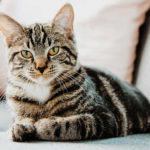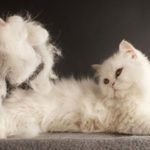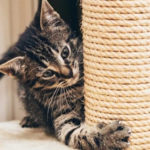If you’re a cat lover wondering which breed to get that’s both adorable and affordable, look no further than the Persian cat. In this article, we’ll delve into the origins, characteristics, and cost of Persian cats, so read on to find out more!
Discover: Top 9 most beautiful cat breeds that are popular right now for even more choices!
1 All About Persian Cats
Origin of Persian Cats
Persian cats, also known as Persian cats, originate from ancient Persia (present-day Iran). They are considered native to Iran and were later brought to England for breeding, leading to their widespread popularity in European countries.
Classification of Persian Cats
There are four types of Persian cats:
Traditional Persian cat (also known as the Peke-face Persian)
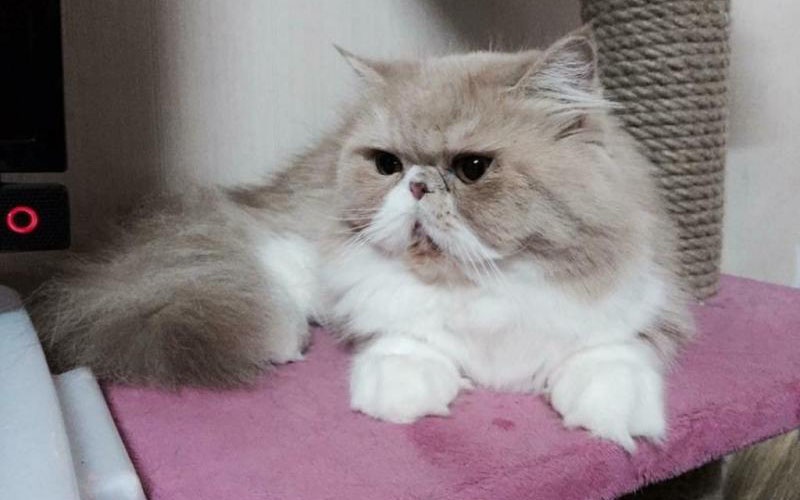 Traditional Persian cat (or “Peke-face” Persian)
Traditional Persian cat (or “Peke-face” Persian)
Exotic Persian cat (or Shorthaired Persian)
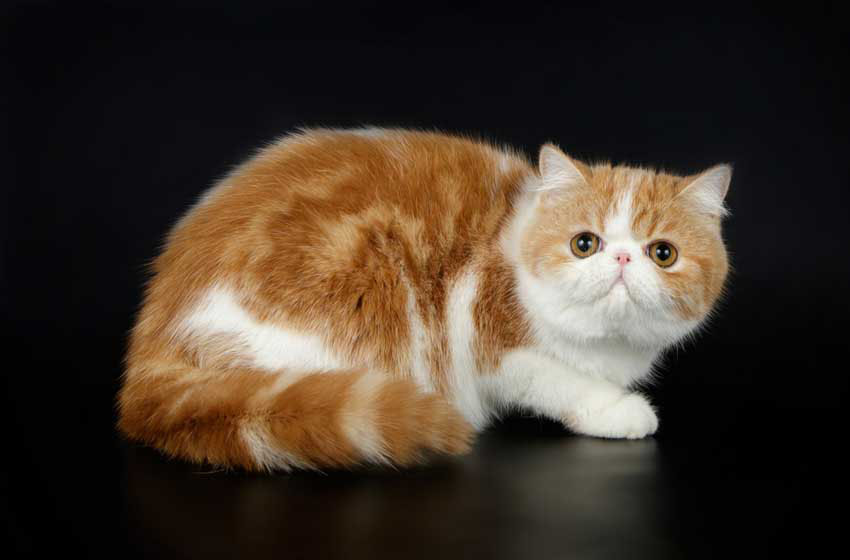 Exotic Persian cat (Shorthaired Persian)
Exotic Persian cat (Shorthaired Persian)
Himalayan Persian cat
 Himalayan Persian cat
Himalayan Persian cat
Chinchilla Persian cat
 Chinchilla Persian cat
Chinchilla Persian cat
Common Persian Cat Coat Colors
Some of the most popular Persian cat coat colors include:
-
White Persian cat with orange eyes
-
White Persian cat with blue eyes
-
Bicolor Persian cat (white with patches of color)
-
Creme-colored Persian cat
-
Red Persian cat
-
Lilac Persian cat
-
Blue Persian cat
-
Chocolate Persian cat
-
Black Persian cat
-
Creme and white Persian cat
-
Red and white Persian cat
-
Lilac and white Persian cat
-
Blue-cream and white Persian cat (Bicolor)
Physical Characteristics of Persian Cats
 Physical Characteristics of Persian Cats
Physical Characteristics of Persian Cats
Physical traits: Large head, flat face, big eyes in various colors, shorter and smaller nose than average cats, slightly folded and small ears
Weight: Typically ranges from 3 to 5 kilograms
Length: Adult cats can reach a length of 25-30 centimeters
Coat: Long, attractive coat with an outer layer of long hair and a warm inner layer of short hair.
Lifespan: With proper care, Persian cats can live for 10-15 years and are known for their adaptability to different environments.
Personality Traits
Persian cats are known for their friendly, approachable, and obedient nature. They get along well with other pets and crave peace and tranquility. They are also great with children and won’t cause any harm.
Reasons to Own a Persian Cat
Persian cats have a small and cute appearance, with a warm and fluffy coat that makes them perfect for cuddling. Additionally, they are affectionate and easy to care for.
2 How to Care for a Persian Cat
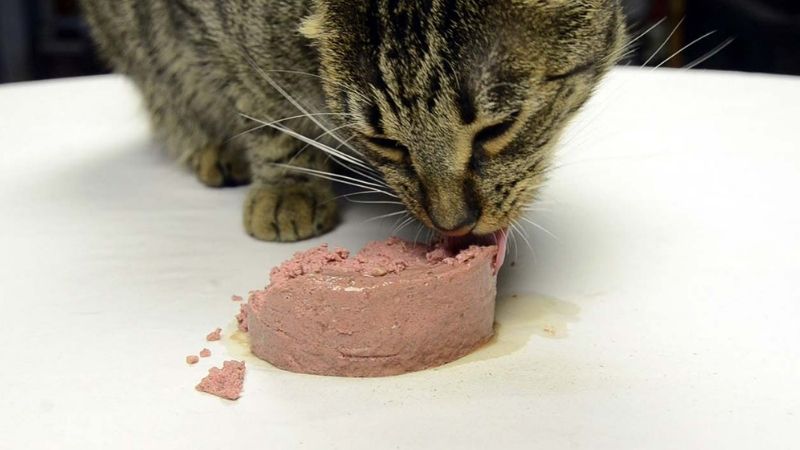 Caring for a Persian Cat
Caring for a Persian Cat
Feeding Your Persian Cat
Providing a nutritious and balanced diet is key to your cat’s well-being. A healthy diet should include:
Protein: Meat, fish, chicken, pate, organ meats, etc.
Fiber: Seeds, vegetables, fruits, dry food, etc.
Supplement with minerals and vitamins to boost immunity. Avoid feeding your cat fermented foods, chocolate, cow’s milk, and other items that can upset their digestion and even lead to fatal consequences.
Nutritional Needs of Persian Cats by Life Stage
A cat’s diet is always an important consideration for owners:
Kittens under 1 month old should drink their mother’s milk or be given formula.
Kittens aged 1-2 months can start weaning with mashed rice mixed with finely ground meat.
Kittens aged 2-4 months should be fed 3 times a day and can be introduced to dry food.
Cats over 4 months old should be fed twice a day.
Grooming and Hygiene for Persian Cats
Coat care: Regular brushing is essential to keep your cat’s coat straight and smooth. Use a specialized comb to avoid damaging their hair.
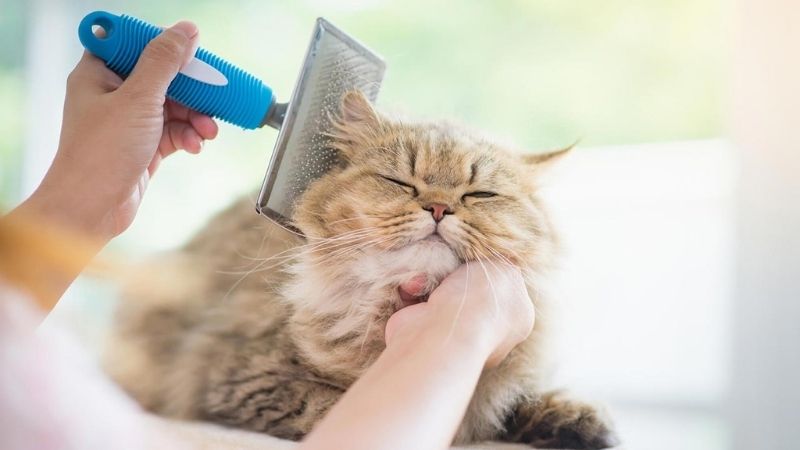 Coat Care
Coat Care
Hygiene: Bathe your cat about once a week. Most cats are not big fans of water.
 Bathe your cat once a week
Bathe your cat once a week
Common Health Issues in Persian Cats
Regularly clean your cat’s ears, eyes, and mouth to prevent infections and other issues. Take your cat for regular check-ups and deworming to maintain their gut health.
Some common health problems in Persian cats include:
-
Breathing difficulties due to nasal passage constriction.
-
Misaligned teeth.
-
Excessive tearing.
-
Cherry eye and entropion (eyelid issues)
-
Heat sensitivity.
-
Ringworm and other fungal infections on the skin.
 Persian cats require extra attention to their health
Persian cats require extra attention to their health
Things to Keep in Mind When Caring for a Persian Cat
Persian cats are prone to health issues if not properly cared for. As a responsible owner, pay close attention to their vaccination schedule.
Here’s a timeline for vaccinating your Persian cat:
-
6 weeks: Administer the first trivalent vaccine (against panleukopenia, rhinotracheitis, and calicivirus)
-
9 weeks: Give the second trivalent vaccine
-
16 weeks: Vaccinate against rabies
After that, a yearly booster shot for the trivalent vaccine is recommended.
The trivalent vaccine protects against: Feline panleukopenia, feline viral rhinotracheitis, and feline calicivirus.
Note: Only vaccinate healthy cats showing no signs of fatigue, loss of appetite, illness, or fever.
3 Tips for Buying a Persian Cat
Persian Cat Price Range
In Vietnam, Persian cats fall into two price categories: those with papers and those without.
Persian cats with papers, which include a microchip, typically cost 10 to 12 million VND. On the other hand, cats without papers are priced between 6.5 and 7.5 million VND.
Persian cats imported from Thailand or other Southeast Asian countries with certified pedigrees and superior appearances can range from 15 to 20 million VND.
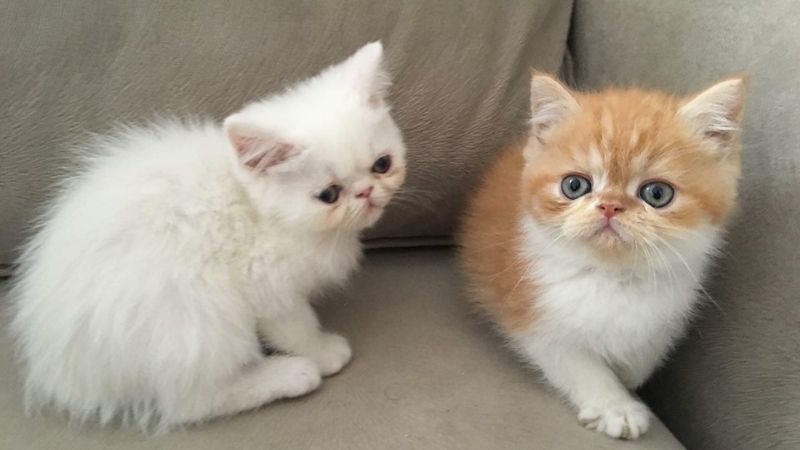 Persian Cat Price Range
Persian Cat Price Range
What to Look for When Buying a Persian Cat
Before purchasing a Persian cat, make sure you have a basic understanding of cat care and ownership.
Choose reputable and high-quality breeders with good genetic lines.
Thoroughly check the cat’s health and inquire about their vaccination history and overall condition.
Explore more: Discover the origins, characteristics, care guidelines, and pricing of
Is Cat Hair Loss Normal? Understanding and Treating Your Cat’s Hair Loss
“Pet owners often worry when they see their beloved feline friends shedding hair. It’s a common concern, and many wonder about the cause. So, today, we will shed some light on this very topic and explain why cats shed their fur! Stay tuned as we unravel the mystery behind your cat’s shedding habits.”
The Bengal Cat: Unveiling the Unique Traits, Care Guide, and Pricing of the Bengal Cat
The Bengal cat is undoubtedly one of the most stunning and expensive cat breeds in the world today. With their exotic looks and captivating presence, these felines have captivated cat enthusiasts and breeders alike. But what exactly is a Bengal cat? Join us as we explore the origins, unique characteristics, and specific care requirements of this extraordinary breed.

























